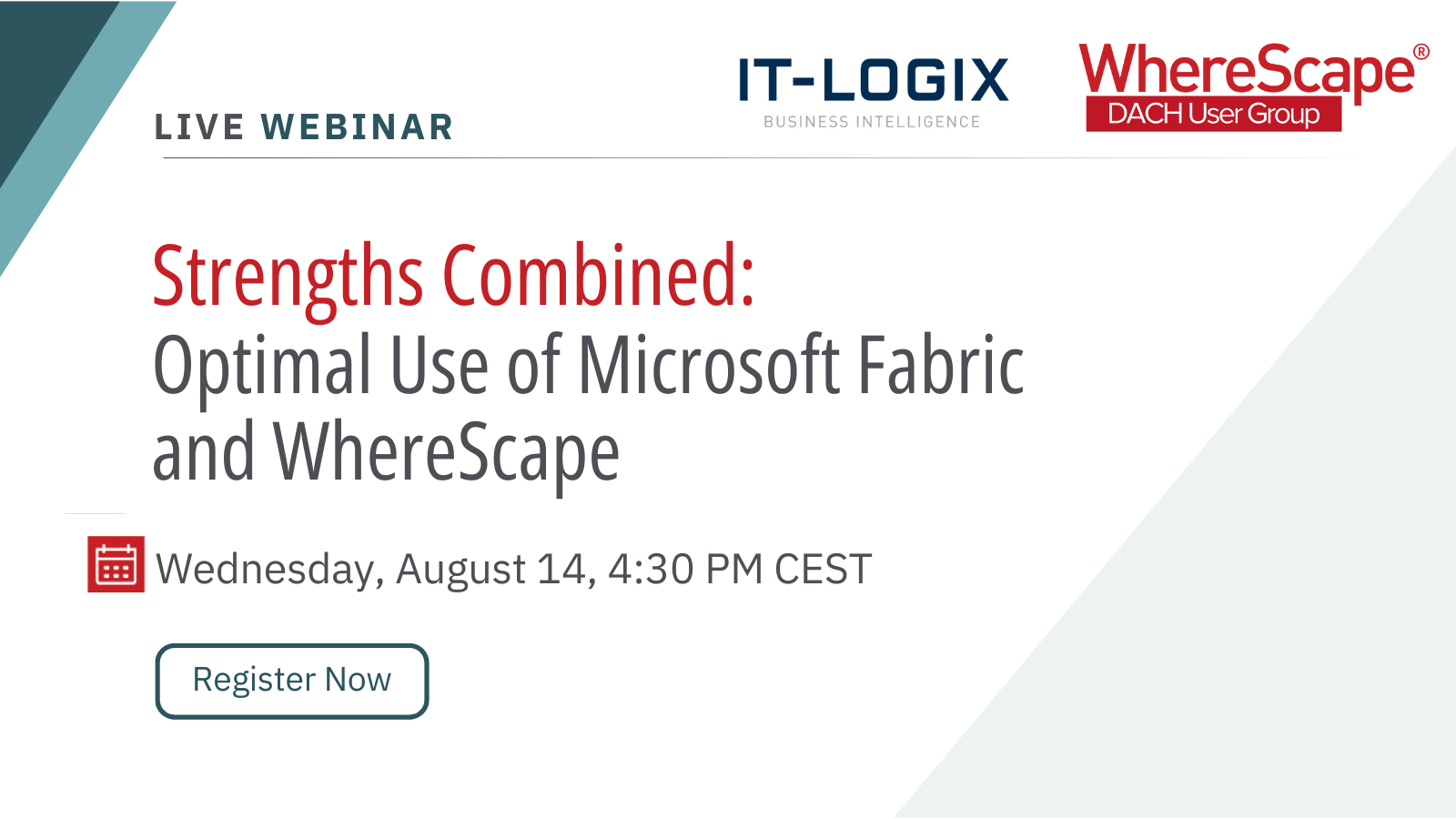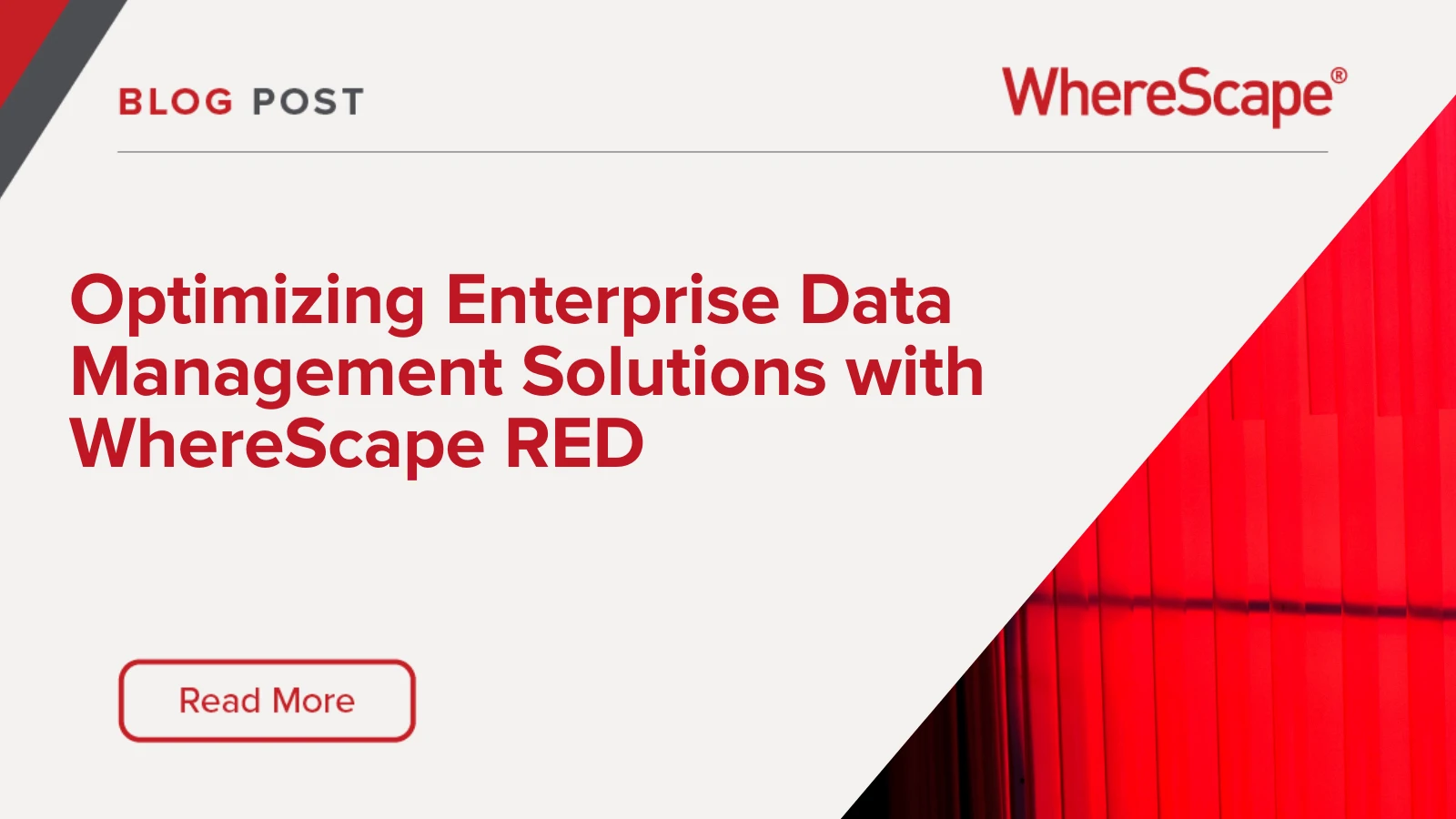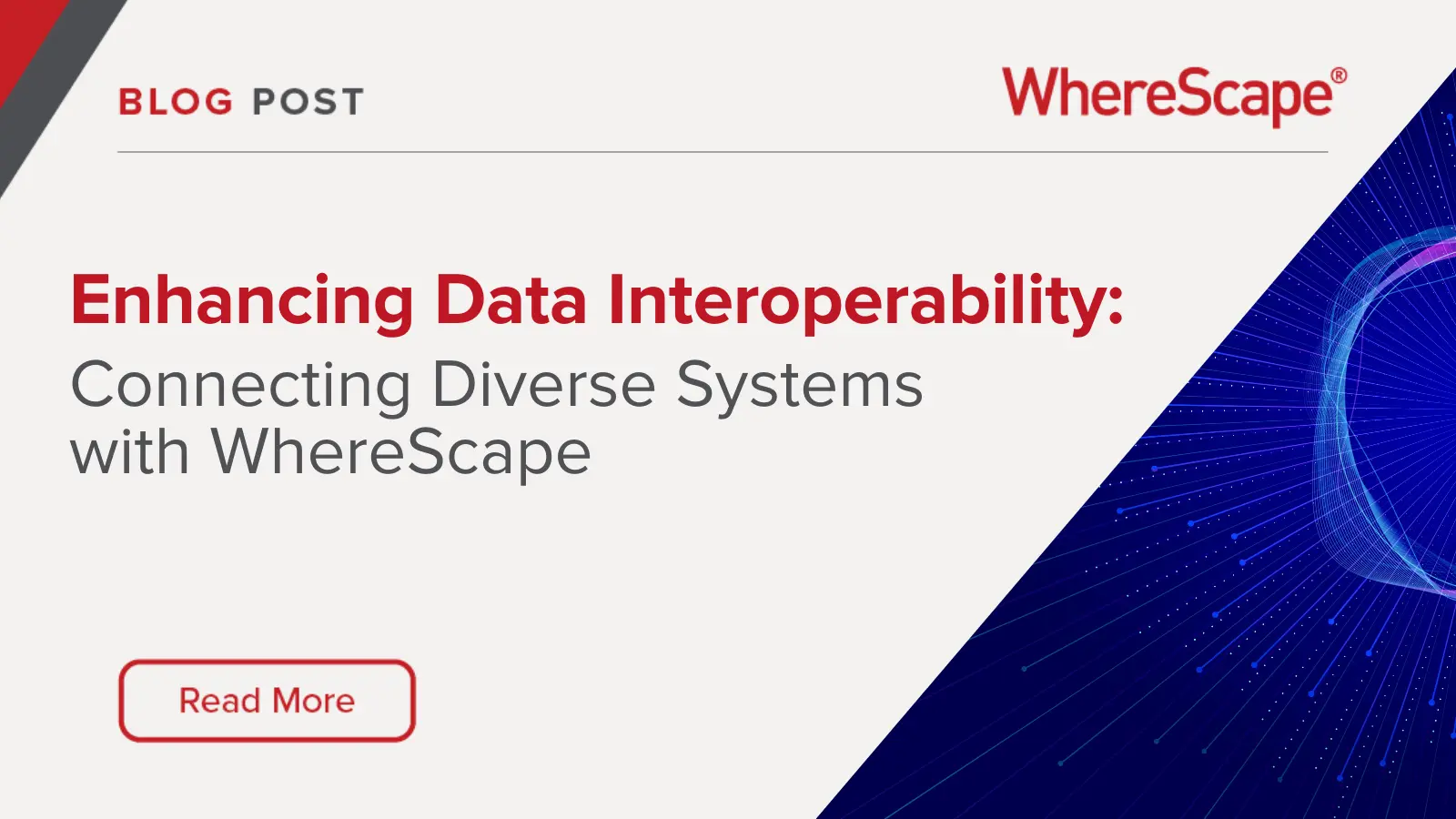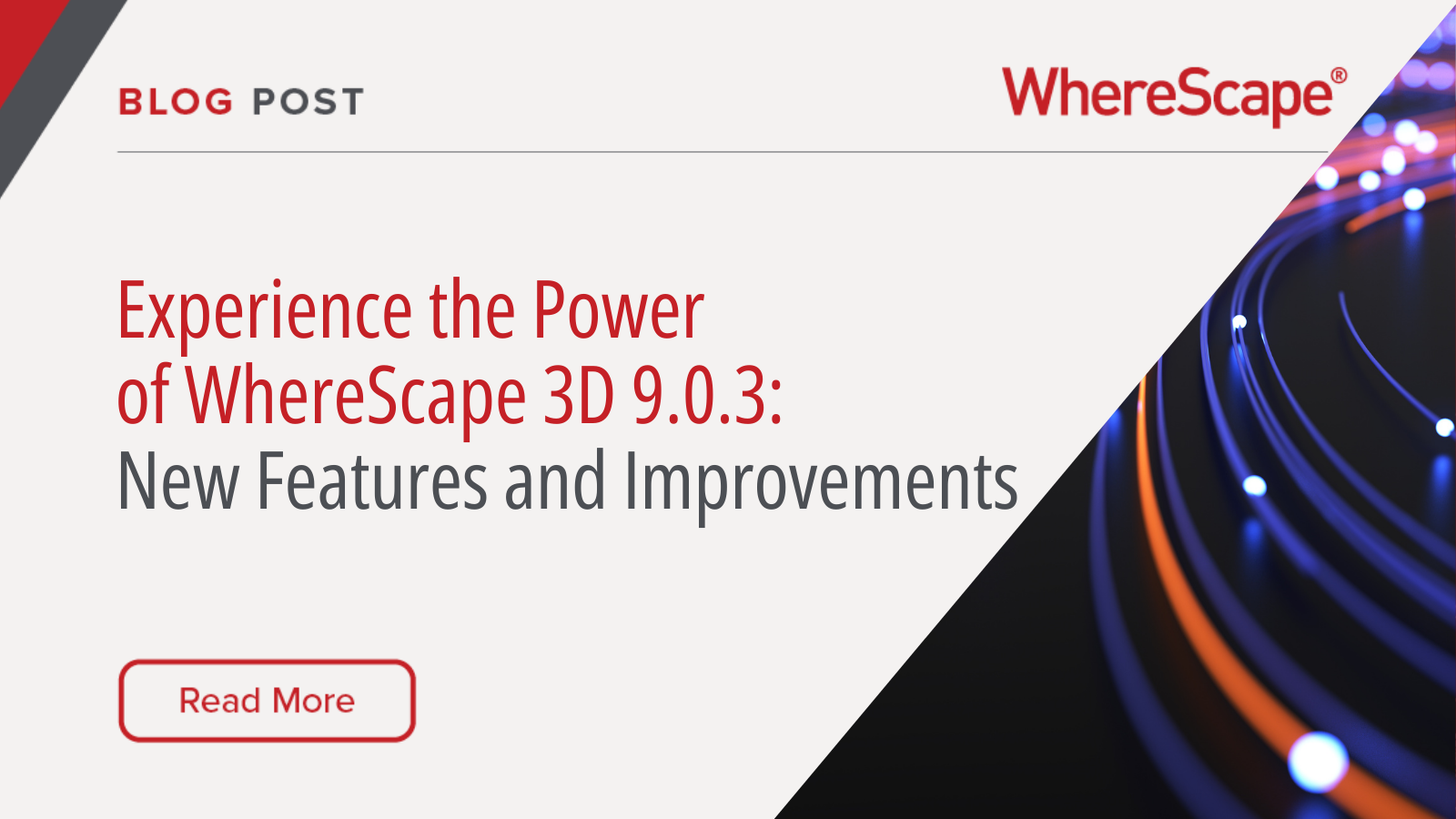Join us for a 90-minute, insightful webinar...
Gartner Highlights the Rise of Data Warehouse Automation
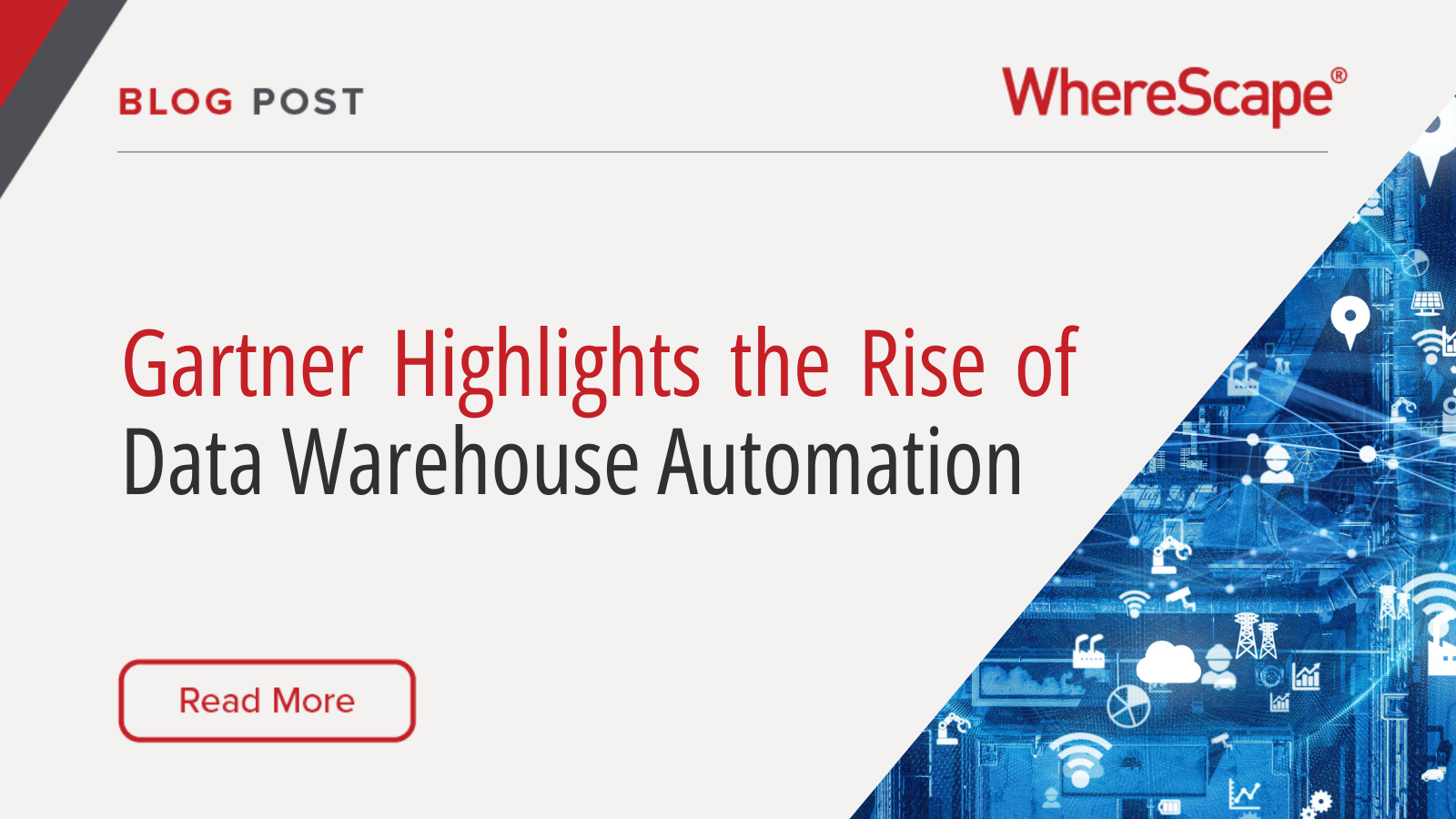
Imagine a world where the manual, tedious tasks of data warehouse development are a thing of the past. This isn’t a far-off fantasy but a present-day reality, thanks to advances in Data Warehouse Automation (DWA). Gartner’s latest report by analyst Henry Cook, “Automating Data Warehouse Development,” sheds light on how automation is revolutionizing the way businesses handle data, making the process faster, more efficient, and significantly more agile.
Acknowledging the Shift: Gartner’s Perspective
Historically, WhereScape’s end-to-end Data Automation tool has defied categorization within a single Gartner Magic Quadrant. This broad functionality has limited our visibility among leading IT analysts. However, Gartner’s latest report signifies a pivotal shift, highlighting the increasing significance of automation in the data industry.

The Benefits of Data Warehouse Automation
Henry Cook’s technical background allows him to articulate the benefits of DWA both from a business and a developer’s perspective. According to Henry, “Few companies can implement all their potential requirements due to resource limits. DWA tools enhance productivity, allowing companies to meet more requirements and deliver more benefits.”
Key Advantages of DWA:
- Agility: DWA tools generate and regenerate code, making it easier to implement changes. This agility allows businesses to quickly adapt to new requirements and market conditions without extensive downtime or redevelopment.
- Efficiency: Automating transitional code generation speeds up processes significantly. For example, adding columns to a data mart, which traditionally requires extensive manual coding, can be automated, saving time and reducing the risk of errors.
- Long-Term Gains: DWA impacts the entire development lifecycle, from initial setup to ongoing maintenance. This long-term efficiency means that once a data warehouse is set up, it can be easily modified and scaled as needed, reducing the need for constant manual intervention.
- Reduced Dependence on External Resources: By automating complex tasks, DWA reduces the need for external contractors and consultants, allowing companies to build and maintain their data warehouses with their in-house teams. This not only cuts costs but also ensures better control over the projects.
- Improved Quality and Consistency: Automated processes ensure that code generation and other tasks are done consistently and accurately every time. This reduces the likelihood of human error, leading to higher-quality data and more reliable data warehousing solutions.
- Enhanced Developer Productivity: With routine tasks automated, developers can focus on more strategic and innovative aspects of their work. This shift not only boosts productivity but also enhances job satisfaction as developers spend less time on repetitive tasks and more on creative problem-solving.
- Scalability: As companies grow, their data needs become more complex. DWA tools are designed to scale with the business, handling increasing volumes of data and more complex queries without a corresponding increase in manual labor.
- Speed to Market: Faster development and deployment cycles mean that new features and capabilities can be brought to market more quickly. This agility can be a significant competitive advantage in fast-paced industries where time to market is crucial.
The adoption of Data Warehouse Automation tools like those discussed in Gartner’s report offers numerous advantages that align with both short-term efficiency gains and long-term strategic benefits. Businesses that leverage these tools can expect to see substantial improvements in productivity, cost savings, and overall data management capabilities.
ETL Automation vs. Data Warehouse Automation
In the past, explaining Data Automation often involved comparing it to ETL tools. However, WhereScape’s approach—ELT (Extract, Load, Transform)—leverages modern databases’ power, significantly speeding up the process. Unlike traditional ETL (Extract, Transform, Load), where data is transformed before loading, ELT transforms data within the target database, making use of its processing power and scalability.
Today’s conversations with data professionals reflect a deeper understanding of automation’s role. IT and business staff are increasingly interested in productivity statistics, looking to achieve more with fewer resources. The distinction between ETL and DWA is crucial as it highlights the evolution from a simple data processing task to a comprehensive automation strategy.
Key Differences and Advantages:
- Process Efficiency: Traditional ETL processes often involve moving data between different environments for transformation, which can be time-consuming and resource-intensive. ELT, by contrast, transforms data in place, reducing the amount of data movement and speeding up the entire process.
- Performance: Modern databases are designed to handle large-scale data transformations efficiently. By leveraging these capabilities, ELT can process data much faster than traditional ETL, which is particularly beneficial for large datasets and complex transformations.
- Scalability: ELT takes advantage of the scalability of modern databases, allowing for the processing of increasing volumes of data without a proportional increase in infrastructure costs. This scalability is essential for businesses experiencing rapid growth or handling large, varied data sources.
- Flexibility: ELT provides greater flexibility in handling diverse data formats and sources. As data environments become more complex, the ability to adapt quickly to new data types and structures without significant rework is a significant advantage.
- Resource Utilization: By utilizing the target database’s processing power, ELT reduces the load on source systems, freeing up resources for other critical tasks. This efficient resource utilization helps in optimizing overall system performance and cost.
- Data Freshness: ELT enables more frequent data updates by speeding up the transformation process. This results in fresher, more up-to-date data, which is crucial for real-time analytics and decision-making.
- Reduced Complexity: With ELT, the transformation logic is centralized within the target database, simplifying the architecture and making it easier to manage and maintain. This reduction in complexity translates to lower maintenance costs and fewer points of failure.
- Integration with Modern Technologies: ELT is better suited for integration with modern data technologies, such as big data platforms and cloud-based data warehouses. This compatibility ensures that businesses can leverage the latest advancements in data processing and storage.
Real-World Impacts:
Companies that have transitioned from traditional ETL to ELT and embraced DWA have reported significant improvements in their data processing workflows. For example, a financial services firm that switched to WhereScape’s ELT approach saw a reduction in data processing times from hours to minutes, enabling more timely insights and better decision-making.
Legal & General, a notable customer, shared their experience with WhereScape: “WhereScape will force you to think differently,” said Will Mealing, Head of Data & Analytics at Legal & General. “Your acceleration is huge once you rework how you historically have done things.”
Another client of WhereScape, JSSA’s Data Analyst, Damilola Benedict, said, “I can write a query to join different tables to get my data, so it serves to get my data structured clean. You can have millions of lines of code. You can just change that once without having to worry about going in and changing one after the other. So that was super to me.”
The evolution from ETL to ELT, combined with comprehensive Data Warehouse Automation, represents a significant leap forward in data processing capabilities. By embracing these advancements, businesses can achieve higher efficiency, better scalability, and more timely insights, positioning themselves for success in the increasingly data-driven world.
WhereScape Data Automation: Leading the Way
Since the early 2000s, WhereScape has been a pioneer in automated code generation and integrated development environments. Our software streamlines the design and build of data infrastructures, allowing developers to focus on higher-value tasks.
WhereScape’s innovative solutions, WhereScape RED, WhereScape 3D, and Data Vault Express have consistently pushed the boundaries of what is possible in data automation. By automating the repetitive and time-consuming aspects of data warehouse development, we empower businesses to accelerate their data projects and achieve faster time to value.
Key Features and Benefits of WhereScape Data Automation:
- Automated Code Generation: WhereScape generates hundreds of lines of code in seconds, significantly reducing the time and effort required for manual coding. This automation ensures consistency and accuracy across all development stages.
- Integrated Development Environment (IDE): Our intuitive drag-and-drop GUI simplifies the design process, making it accessible to both technical and non-technical users. This integrated environment enhances collaboration and speeds up development cycles.
- Documentation at the Click of a Button: Comprehensive documentation is automatically generated, ensuring that all aspects of the data infrastructure are well-documented and easy to understand. This feature is crucial for maintaining data quality and compliance.
- Scalability and Flexibility: WhereScape’s solutions are designed to scale with your business, handling increasing data volumes and complexity without sacrificing performance. This flexibility allows companies to adapt quickly to changing business needs.
- Agnostic Platform: WhereScape is an agnostic platform, meaning it can work seamlessly with a wide variety of databases, data warehouses, and cloud platforms. This ensures that businesses can integrate WhereScape into their existing infrastructure without needing to overhaul their systems.
- Reduced Risk and Increased Productivity: By automating critical processes, WhereScape minimizes the risk of human error and frees up valuable developer time. This shift allows developers to focus on strategic initiatives that drive business growth and innovation.
- Real-Time Collaboration: Our platform supports real-time collaboration, enabling teams to work together seamlessly, regardless of their physical location. This capability is especially valuable in today’s remote and hybrid work environments.
As data volumes continue to grow and businesses increasingly rely on data-driven insights, the demand for robust data automation solutions will only intensify. WhereScape is committed to staying at the forefront of this evolution, continually enhancing our products to meet the ever-changing needs of our customers.
Data Vault Automation: A Growing Trend
Data Vault has quickly transitioned from a niche approach to a mainstream modeling style, largely due to the agility it offers. This agility opens up endless possibilities for generating new streams of actionable data. However, the inherent complexity of Data Vault necessitates automation for effective implementation and maintenance.
An increasing number of our customers are adopting Data Vault, significantly contributing to the mainstream acceptance of Data Warehouse Automation (DWA). Many of these customers are also migrating their data and architectures to cloud platforms for further agility. For instance, Aptus Health operates a Data Vault on Snowflake, benefiting from enhanced flexibility and performance. WhereScape’s Data Vault Express (DVE) specifically assists in constructing data vaults, streamlining the process, and ensuring best practices are followed.
A Need to Succeed
To succeed in today’s fast-paced business environment, companies must eliminate the inefficiencies and challenges associated with hand-coding. Modern data architectures are already complex, and relying on outdated methodologies from the 1990s only adds to the burden. By removing these obstacles, companies can focus on innovation and agile collaboration, ensuring that reliable data is delivered to the business at the right time.
End-to-end data warehouse automation tools like WhereScape, once overlooked, are now gaining recognition from top analysts such as Gartner. This acknowledgment underscores the critical role of automation in modern data management, and we look forward to sharing more insights and reports like Henry Cook’s with you in the coming years.
Embracing the Future with WhereScape
The recognition of end-to-end data warehouse automation tools like WhereScape by top analysts such as Gartner marks a significant milestone. As the industry continues to evolve, we look forward to sharing more insights and reports with you. To dive deeper into the transformative power of Data Warehouse Automation, download the full Gartner report, “Automating Data Warehouse Development,” and discover how automation can revolutionize your data processes.
Ready to transform your data processes? Book a demo with WhereScape and discover the possibilities of Data Automation.
Optimizing Enterprise Data Management Solutions with WhereScape RED
Empowering Enterprise Data Management with WhereScape RED Choosing the best data warehouse automation software can make enterprises more scalable, accurate, and competitive. WhereScape RED is one of the most empowering enterprise data management solutions available,...
Enhancing Data Interoperability: Connecting Diverse Systems with WhereScape
Understanding Data Interoperability in Modern Enterprises Modern enterprises use countless different systems to gather, store, analyze, and process data. From varying data types to unique purposes and levels of security, a single enterprise handles data in several...
Experience the Power of WhereScape 3D 9.0.3: New Features and Improvements
We’re thrilled to introduce our latest iteration of WhereScape 3D! Version 9.0.3 brings a host of new features and enhancements designed to make your data warehousing journey smoother, faster, and more efficient. Let’s dive into the details of what you can expect from...
Ahead of the Curve: Future Trends in Data Automation and WhereScape’s Pioneering Solutions
The Evolving Landscape of Data Automation As new technologies emerge and existing tools constantly change and improve, the world of data automation transforms rapidly. Even the most well-versed data teams find themselves disoriented and overwhelmed in the face of...
Investing in Data Automation: A Strategic Approach to Business Growth
Unlocking Growth: The Strategic Advantage of Data Automation Organizations reaping the benefits of data automation stay ahead of industry trends and improve the efficiency of their operations and decision-making. Data automation tools offer a strategic advantage for...
Data + AI Summit 2024: Key Takeaways and Innovations
The Data + AI Summit 2024, hosted by Databricks at the bustling Moscone Center in San Francisco, has concluded with remarkable revelations and forward-looking innovations. Drawing over 16,000 attendees in person and virtually connecting over 60,000 participants from...
WhereScape RED 10.1 is Here: Enhanced Scheduling and Customization
We’re proud to announce the highly anticipated WhereScape RED 10.1 is now available, and it’s packed with exciting new features and enhancements designed to make your data warehousing experience more efficient and enjoyable. Let's take a closer look at what’s new and...
Supercharging Data Integration: The WhereScape and Databricks Advantage
The demand for robust data management systems has never been higher, and Databricks has quickly become a favored choice for cloud-based solutions. Its powerful capabilities make it a top contender for managing large-scale data, but when combined with WhereScape's...
Empowering Customer Success: WhereScape’s Comprehensive Support and Training Resources
Enhancing Operational Success with WhereScape’s Support Systems At WhereScape, we understand that a data warehouse is only useful to the extent that it is understood. In order to drive your organization closer to your key goals and objectives, you need full mastery of...
Revolutionizing Day-to-Day Operations: The Power of Automated Data Integration
The Transformational Role of Automation in Data Management Across industries and business stages, organizations of all types manage data in their daily operations. Whether that data entails patient appointments and reminders in a healthcare clinic, student performance...
Related Content
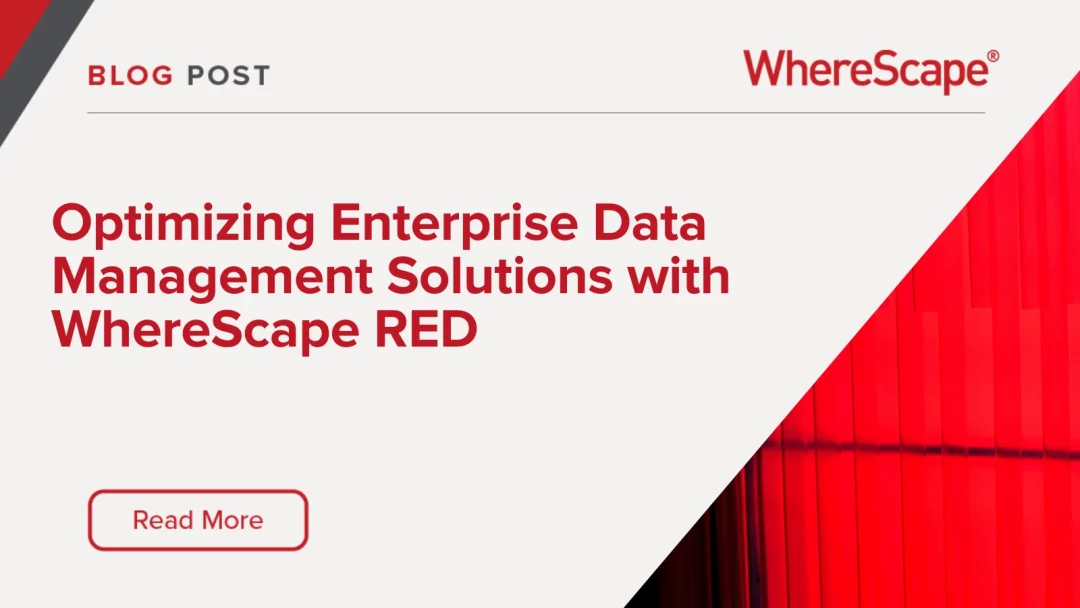
Optimizing Enterprise Data Management Solutions with WhereScape RED
Empowering Enterprise Data Management with WhereScape RED Choosing the best data warehouse automation software can make enterprises more scalable, accurate, and competitive. WhereScape RED is one of the most empowering enterprise data management solutions available,...
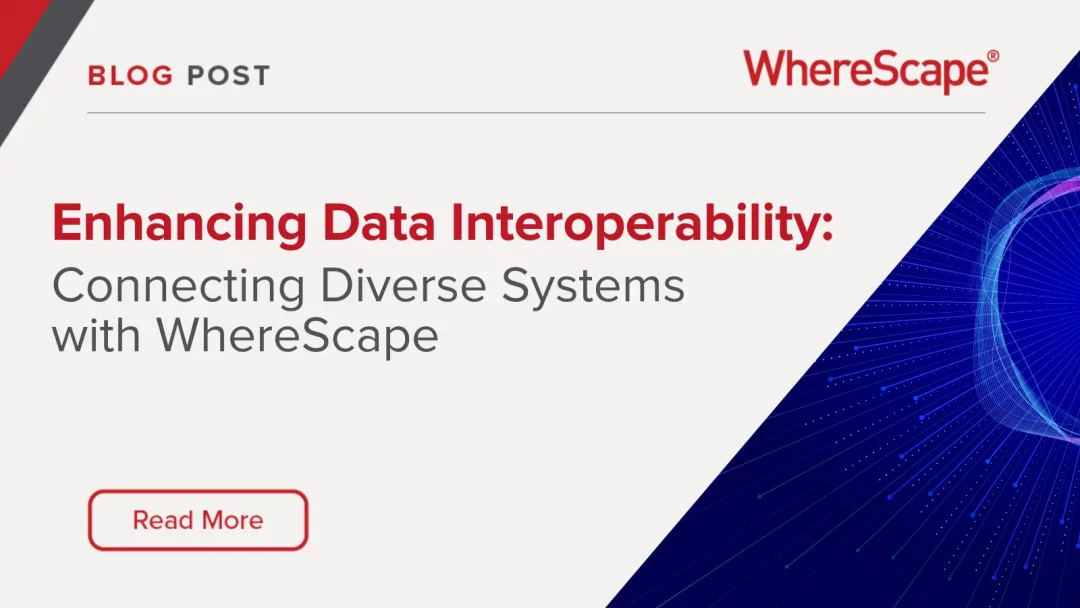
Enhancing Data Interoperability: Connecting Diverse Systems with WhereScape
Understanding Data Interoperability in Modern Enterprises Modern enterprises use countless different systems to gather, store, analyze, and process data. From varying data types to unique purposes and levels of security, a single enterprise handles data in several...
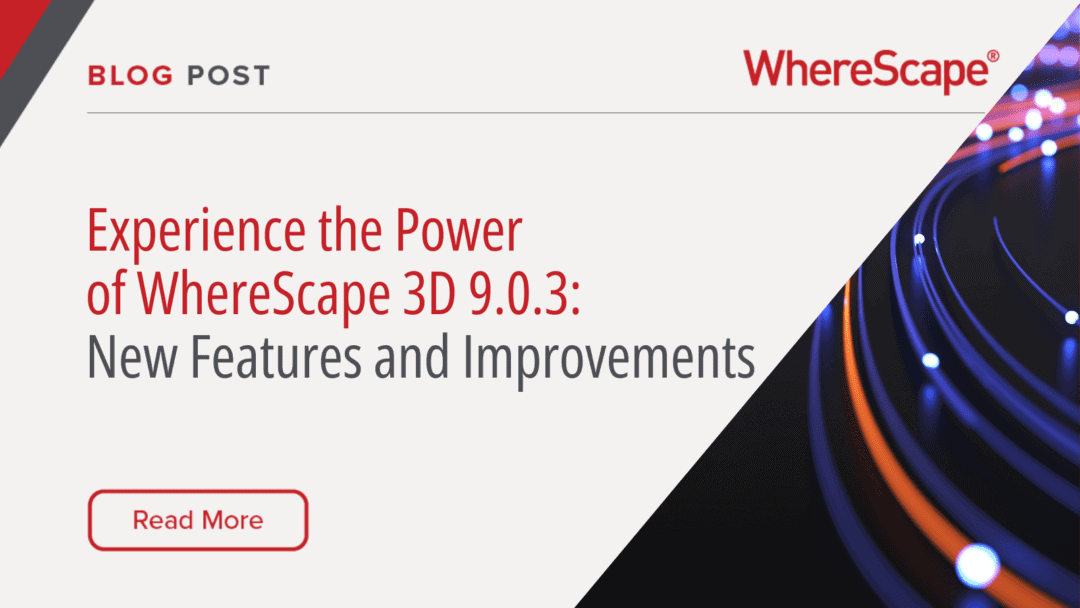
Experience the Power of WhereScape 3D 9.0.3: New Features and Improvements
We’re thrilled to introduce our latest iteration of WhereScape 3D! Version 9.0.3 brings a host of new features and enhancements designed to make your data warehousing journey smoother, faster, and more efficient. Let’s dive into the details of what you can expect from...

Ahead of the Curve: Future Trends in Data Automation and WhereScape’s Pioneering Solutions
The Evolving Landscape of Data Automation As new technologies emerge and existing tools constantly change and improve, the world of data automation transforms rapidly. Even the most well-versed data teams find themselves disoriented and overwhelmed in the face of...

